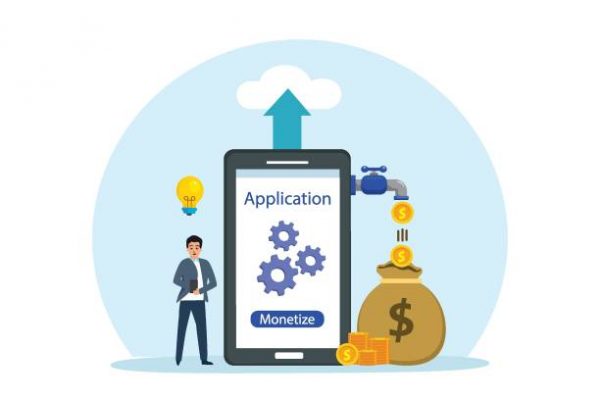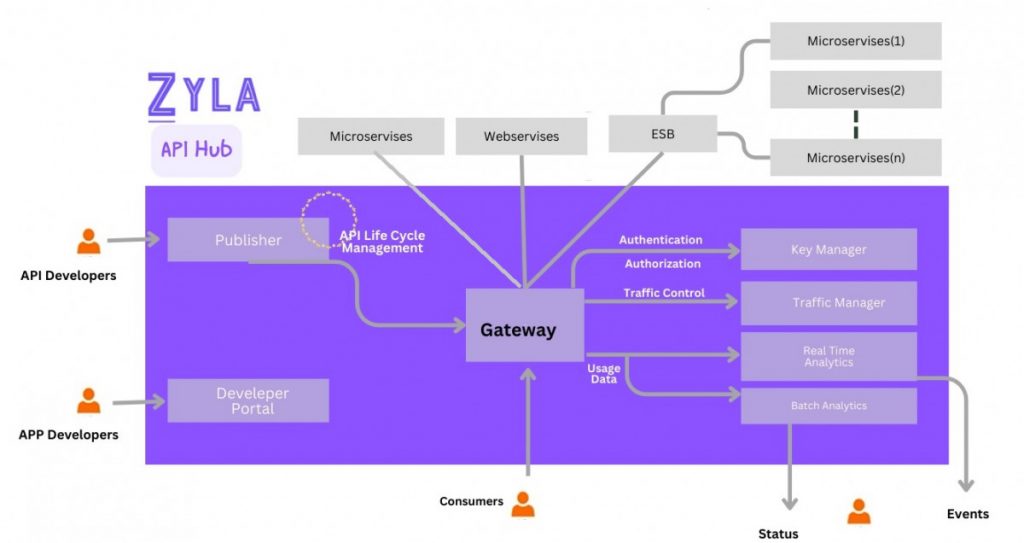Embarking on the journey of API monetization comes with a myriad of questions for API developers and teams. How can I choose the best API monetization strategy tailored to my needs? Can I monetize my API without upfront costs? How can I enhance the discoverability and security of my API for consumers? In this blog, we delve into these burning questions, providing insights and solutions for API providers.
Challenges In API Monetization Strategy
Let’s look into challenges associated with API monetization strategy
1. Optimizing Consumer Experience
- Ensuring easy discovery and consumption.
- Providing mockups, prototypes, and sample usage.
- Offering forums, support portals, and analytics data for consumers.
2. Customizing API Offering
- Implementing role-based access and defining tier-based business plans.
- Exploring monetization plans like free/premium/freemium and pay-per-usage or subscription-based models.
3. Release Management
- Rigorous testing, including functional, security, and performance testing.
- Comprehensive release notes for transparent communication.
4. Managing API Lifecycle
- Navigating through multiple lifecycle states, including custom states.
- Ensuring API sustenance by maintaining performance, availability, and reliability.
5. API Product Sustenance
- Upholding performance, availability, and reliability SLAs.
- Providing responsive feedback channels for continuous improvement.
6. Understanding API Usage
- Gaining insights into how developers discover, learn, use, and troubleshoot.
- Utilizing business analytics, stats dashboards, and identifying usage patterns.
API Monetization Strategy: Collaborating With API Marketplaces
To overcome these challenges, API providers are turning to digital platforms such as API marketplaces. These ecosystems streamline API monetization strategy by offering:
- Simplified discovery through user-friendly interfaces and search capabilities.
- Unified security measures for both producers and consumers.
- Streamlined management of usage and performance metrics.
- Flexible bundling options for related APIs.
- Simple self-service interactions for registration, discovery, and consumption.
The API Hub: API Monetization Strategy
In the realm of API marketplaces, Zyla API Hub stands out, providing a host of benefits for both producers and consumers:
- Wide Range of APIs:
- The API Hub offers a diverse array of APIs from various providers, catering to the needs of developers.
- Easy to Use:
- The platform is designed for ease of use and seamless integration into users’ application environments.
- Affordable:
- The API Hub provides a range of pricing plans, ensuring accessibility for different budgets and needs.
- Reliable:
- Known for reliability, the API Hub ensures high-quality APIs for a seamless user experience.
- Supportive:
- The platform offers excellent customer support, assisting users throughout their API journey.
Adding A New API To The API Hub
To leverage the benefits of Zyla API Hub, follow these steps:
- Visit Zyla API Hub: Navigate to the Zyla API Hub platform.
- Registration: Create an account or log in to your existing account.
- API Submission: Follow the submission process to add your API to the hub.
- Configuration: Customize your API listing with relevant details and features.
- Review: Ensure all information is accurate and aligned with your API’s value proposition.
Conclusion: API Monetization
Choosing the right API monetization strategy is a critical decision for API providers. By understanding the challenges, exploring collaboration with digital platforms like API marketplaces, and specifically considering Zyla API Hub, API providers can optimize their monetization strategies. The journey involves continuous adaptation, data-driven decision-making, and a commitment to delivering value to both producers and consumers. As the API landscape evolves, embracing effective strategies ensures a sustainable and successful API business.
For more information read my blog: What Is The Easiest Way To Monetize My API?



